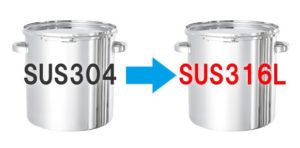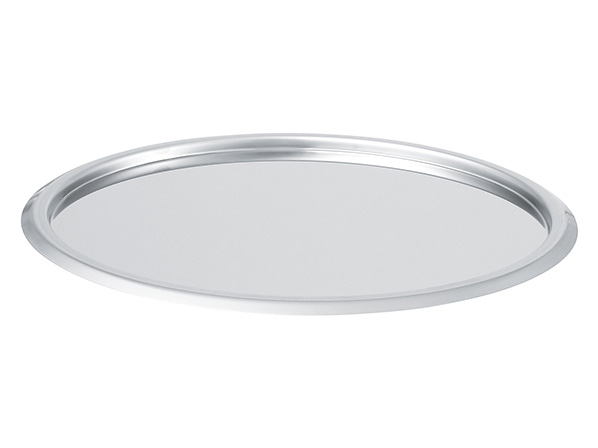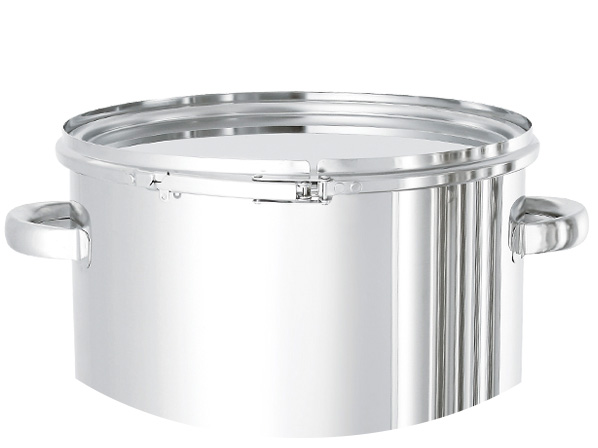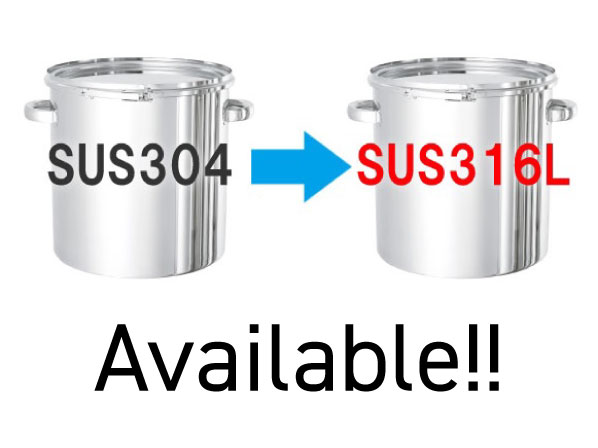CF : CTL lid
Features
All stainless steel lid
It is a lid for a sealed container of the lever-type band.
○ [CTL]type of the sealed container, 24~47H size (10L standard lid of ~ 100L).
○ end of the lid has not been edge-wound.
○ the inside of the lid L-type packing Use Fit the.
Price:
Click here to purchase


Product Specifications
Material ... SUS304, SUS316L ※ standard will be SUS304.
● Surface treatment ... inside and outside surface buffing
Reference Dimensional Drawing
Details & Notes

Available to products made of SUS316L material!
The standard material for Nitto Kinzoku is SUS304.
SUS316L is a material with higher corrosion resistance than SUS304.
It contains an ingredient called “molybdenum”, which is not contained in SUS304.
This molybdenum makes the passive film thicker and improves the corrosion resistance.
SUS316L is a low-carbon type stainless steel with a low carbon content, and is resistant to corrosion (intergranular corrosion) in the welding area where parts are connected to each other.
SUS316L is generally recognized as a high-grade model of stainless steel material.
It is a material that is commonly used in production sites in the pharmaceutical industry.
If you are concerned about rust and corrosion resistance, we recommend you to select SUS316L.
For more details, please contact us.




